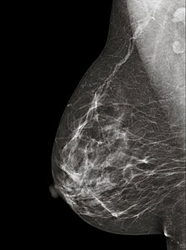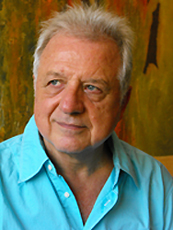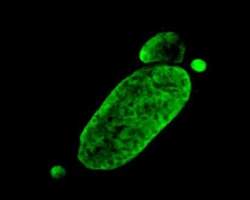O Centro de Criação de Animais de Laboratório (Cecal/Fiocruz) responsável pela produção e fornecimento de animais de laboratório, sangue e hemoderivados, tem investido fortemente no Projeto Roedores Certificados (PRC). A ação tem como foco produzir camundongos e ratos com certificação sanitária, conforme recomendações da Federation of European Laboratory Animal Science Associations (Felasa). O objetivo principal do PRC é promover condições de infraestrutura, melhoria de equipamentos e também implementar progressos nos procedimentos operacionais na área de produção de matrizes de roedores. Com o investimento, a unidade busca, além da segurança sanitária, a certificação dos animais.
O Cecal adotou nos últimos anos o modelo de gestão por projetos, priorizando recursos e esforços institucionais para determinadas áreas, com finalidades pré-definidas. Seu primeiro desafio é o PRC, criado com o intuito de gerar condições para certificar sanitária e geneticamente os camundongos e ratos produzidos na unidade. Inicialmente foram investidos recursos em equipamentos como: racks para gaiolas microisoladoras para camundongos e ratos; microscópios estereoscópicos, estufas incubadoras, micro-ôsmometro, botijões de nitrogênio, centrífuga aquecida, autoclaves e outros.
Esses investimentos permitiram a continuidade dos objetivos pré-determinados no projeto, sendo eles: foco na área de produção de roedores, especificamente nas colônias de fundação, com ações para a recuperação da infraestrutura, modernização das instalações prediais e de equipamentos; certificação sanitária dos animais e avaliação microbiológica dos ambientes de criação animal; elaboração do plano de adequação das instalações do Serviço de Biotecnologia e Desenvolvimento Animal (SBDA/Cecal) para possibilitar a implantação de técnicas de reprodução animal e criopreservação de gametas e embriões; e a certificação do padrão genético de linhagens de camundongos criados na área de fundação de roedores.
O SBDA está implantando o banco de germoplasma, que já conta com mais de 400 estruturas de embriões e gametas. Entre os embriões produzidos e congelados estão camundongos das linhagens BALB/c, B6D2F1 e C57Bl/6. O Serviço de Controle da Qualidade Animal (SCQA/Cecal), baseado nas recomendações da Felasa, faz o monitoramento sanitário e genético dos animais criados e mantidos na unidade. Para isso, o setor baseia-se na identificação de agentes patogênicos primários e oportunistas através da utilização de métodos de diagnóstico com confiabilidade e sensibilidade para detecção de parasitos, vírus e bactérias que possam acometer as colônias de roedores.
Além disso, os roedores são necropsiados e avaliados por meio de exames citopatológicos e histopatológicos, permitindo o diagnóstico de possíveis alterações anormais nos animais. Dessa forma camundongos e ratos das colônias de fundação e produção são monitorados, com a finalidade de avaliar sua qualidade sanitária. Feita a detecção de anticorpos contra 16 patógenos murinos, foi verificado que os camundongos e ratos estão livres de vírus específicos e de Mycoplasma sp. O SCQA faz também o monitoramento genético de linhagens transgênicas de camundongos, averiguando possíveis contaminações genéticas. Na linhagem isogênica BALB/c o monitoramento é feito pelo uso da técnica de reação em cadeia da polimerase (PCR), que detecta mutações em regiões microssatélites.
O PRC é uma realidade e sua incorporação às metas da unidade, adequando o projeto às atividades rotineiras, contribuem de forma decisiva para o alcance de novas conquistas nos próximos anos. Assim o Cecal trabalha para aprimorar a qualidade dos animais e de seus serviços à Fiocruz e a instituições congêneres.
Os resultados sanitários dos animais podem ser obtidos através do Sistema Informatizado de Controle de Produção Animal (Sicopa). O sistema é restrito aos usuários da Fundação, onde os representantes de cada unidade podem acessar com login e senha pelo site MailScanner detectou uma possível tentativa de fraude de "wlmailhtml:{ea57e6d9-01bd-







